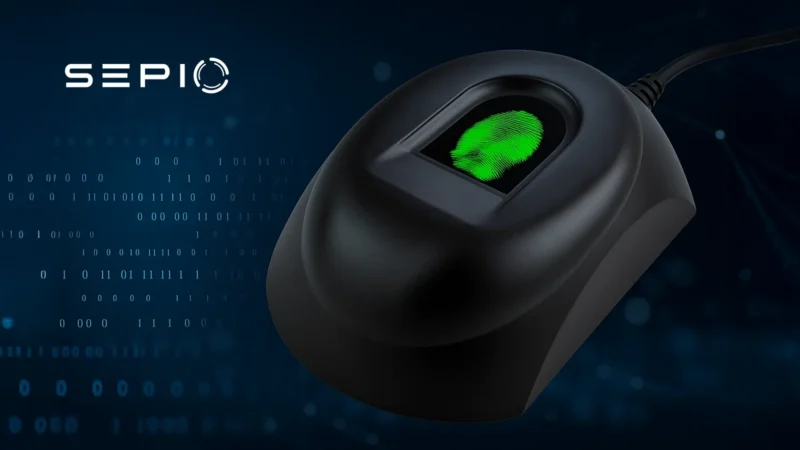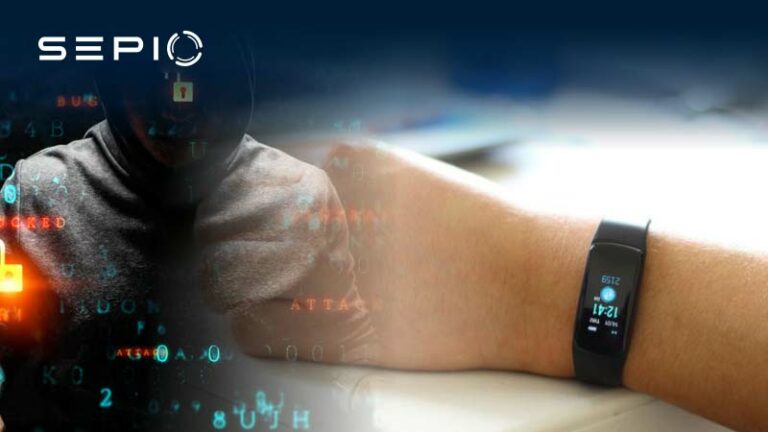Biometric Sensors
Biometric sensors have become critical components in modern security systems, measuring and analyzing unique human characteristics, such as fingerprints, facial features, and palm veins, for authentication or identification purposes. These sensors translate biometric data into digital formats that can be processed and compared with stored data to confirm identity.
However, despite their advanced technology, biometric sensors are not immune to security threats. Hackers have developed various biometric sensor bypass techniques, including fingerprint spoofing, facial recognition hacking, and the use of synthetic biometric data. For example, researchers have demonstrated how gelatin molds or conductive ink prints can be used to replicate a person’s fingerprint, tricking fingerprint scanners into granting access.
These vulnerabilities highlight the need for continuous innovation in biometric security, as hackers develop increasingly sophisticated tools to bypass even the most advanced sensors. Stay informed about the latest biometric sensor security vulnerabilities and learn how to safeguard your systems against these evolving threats.
Biometric Sensor Bypass Use Case
A growing concern for organizations that rely on biometric authentication is the risk of biometric sensors bypass. In one notable case, a large corporate bank using palm-vein biometric authentication discovered that its biometric sensors had been bypassed. Hackers managed to compromise the palm-vein scanner, granting unauthorized access to secure areas.
The breach was detected by a third-party security system, which identified the device manipulation within the palm-vein scanner, showing how easily biometric sensor authentication can be bypassed if the right security measures are not in place. This incident underscores the fact that even highly secure biometric methods like palm-vein scanning require additional layers of protection to detect physical tampering and hardrware-level bypass attacks.
Biometric Authentication Bypass Techniques
There are various forms of biometric authentication, including fingerprint recognition, iris scanning, typing patterns, and palm geometry. While fingerprint recognition remains the most widespread form of biometric authentication, its vulnerability to hacking is becoming more apparent. Bypassing biometric sensors can be achieved using various techniques, one of which involves intercepting and manipulating the biometric data during the authentication process.
In the case mentioned, the hacker used a BeagleBone board running USBProxy. By connecting the device to both the scanning unit and the system storing biometric data, the hackers was able to bypass the biometric sensor’s authentication process.
This exploit demonstrates how easy it can be for hackers to use hardware attack tools to compromise even the most advanced biometric fingerprint security systems.
Securing Biometric Sensors Against Bypass Attacks
Biometric sensor authentication systems are becoming increasingly popular in everyday devices, from smartphones to laptops. Organizations in high-security sectors, such as banks and government agencies, also rely heavily on this technology to enhance access control and protect sensitive data.
However, as the threat of biometric sensor bypass grows, organizations must adopt advanced cybersecurity measures. These measures are crucial to protect their systems effectively. Hackers often use network and USB interfaces to bypass biometric security.
Sepio’s patented technology actively detects and exposes these hidden hardware attacks. Sepio’s solution leverages physical layer fingerprinting, detecting and blocking unauthorized devices before they can exploit biometric systems.
The Role of Hardware-Level Protection
The Sepio platform uses advanced Machine Learning algorithms to analyze hardware device behavior in real time. It provides comprehensive visibility into all hardware assets connected to the network, revealing hidden, rogue, or hacked devices that could facilitate biometric authentication bypass attacks.
This level of visibility into hardware activity is essential for detecting and stopping biometric authentication bypass. It also helps maintain the integrity of security systems.

Biometric Authentication Cybersecurity
As biometric authentication advances, hackers develop new ways to bypass it. To stay ahead, organizations need security solutions that protect biometric data and address ignored hardware vulnerabilities.
Sepio’s hardware cybersecurity platform provides a powerful shield against biometric sensor bypass attempts. Sepio detects and stops hardware-based attacks, helping organizations maintain control and reduce the risk of unauthorized access.
If you’re concerned about vulnerabilities in your biometric authentication systems, our patented technology can help safeguard your organization. Speak with a Sepio expert to gain visibility into your assets and enforce security policies that stop hidden hardware risks.
Talk to an expert. It will help you understand how to use Sepio’s patented technology to gain control of your asset risks.
Read the Case Study: Hackers Bypass Biometric Sensors (pdf)





